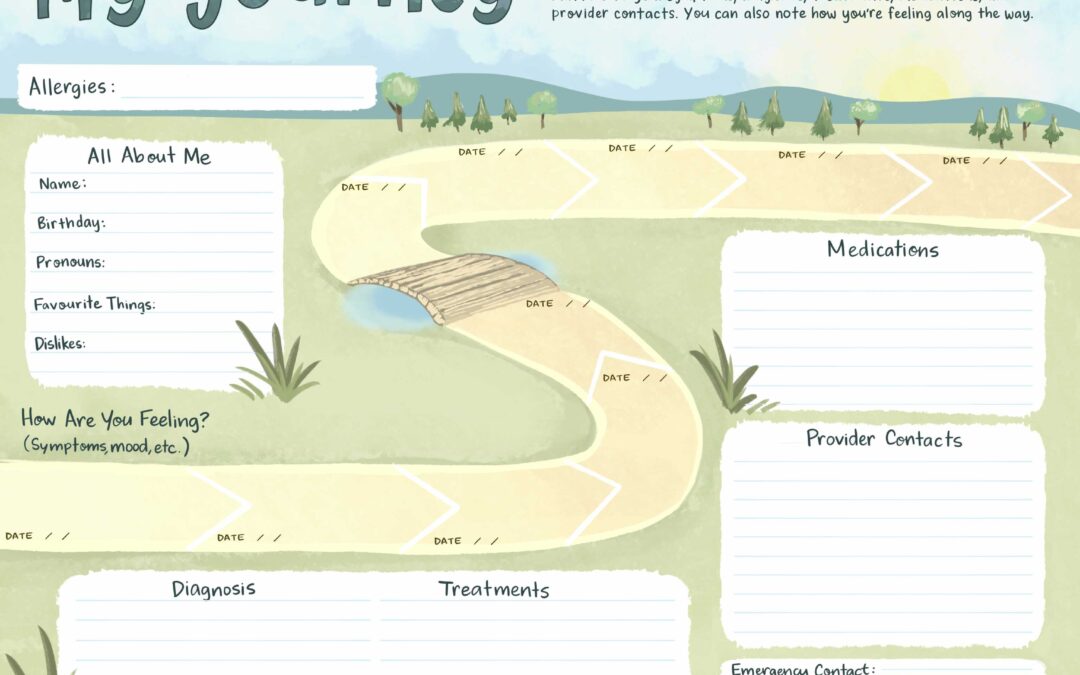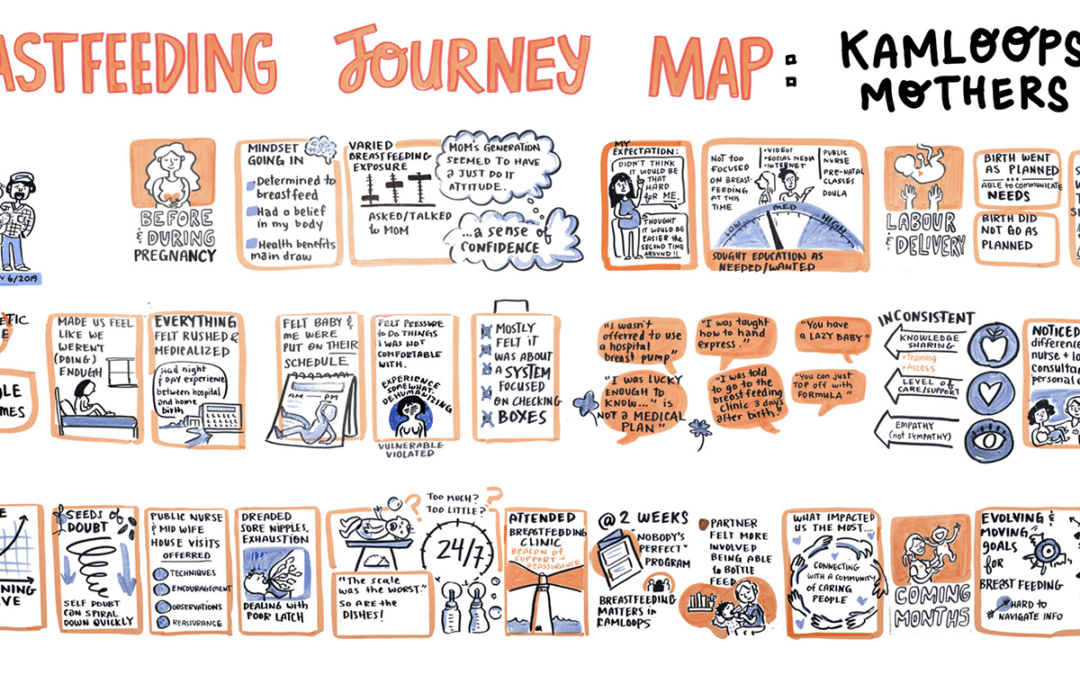Check out this blog post I did for Rethink Urban!
The majority of us think in pictures; we don’t think in lines of text. Childhood memories aren’t stored as Word documents in our brains and our dreams aren’t in book format. Seventy-five percent of our brain’s sensory processing is devoted to interpreting images, colours, and patterns.
Then why are most of our community planning meetings and conferences text-based? Organizations are pressured for time and money and need to get the most value out of meetings. People aren’t engaged by typed reports and PowerPoints as dry as a cracker.
How often do you read the minutes after a meeting? You might give them a cursory glance and then file them away never to be seen again. You’re not going to laminate them and hang them up by your desk (unless your name is Dwight Schrute).
Now, what if your record of your session looked like this:
This is called graphic recording. It’s the process of translating conversations into images and text on large sheets of paper on the wall. This is done by a Graphic Recorder in real time during meetings. Graphic recording is used anywhere information is being presented or discussed.
When people see their words captured in images and text, it validates what’s being said and helps inspire new ideas. Groups can literally see the big picture mapped out in front of them. It makes the most of valuable meeting time; there’s no more struggling with long reports or trying to maintain people’s engagement.
Graphic recording is especially effective at:
- Community forums/workshops
- Strategic planning meetings
- Organizational retreats
- Crossing literacy/language/learning barriers
- Conferences & talks
After the meeting, the drawings are photographed and emailed to participants so they have a tangible take-away. The images can be used for websites, screen savers, or even laminated and hung up next to your desk.
A recent article in the Wall Street Journal notes “putting pen to paper is seen as an antidote to the pervasiveness of digital culture, getting workers to look up from their devices. And studies show [drawings] can help workers retain more information.”
Graphic recording is taking off in the business and community worlds. As a Graphic Recorder based in Victoria, BC, I’ve recorded for various organizations across Canada – to map out Visions, illustrate community points of view on city development, help groups understand complicated data, and capture presentations at conferences. And the field is growing – Google “graphic recording” and you come up with hundreds of images and links to independent graphic recorders.
Graphic recording is part of the evolution towards visual communication in everyday life – infographics, Pinterest, Imgur, YouTube… the visual revolution is happening now!





